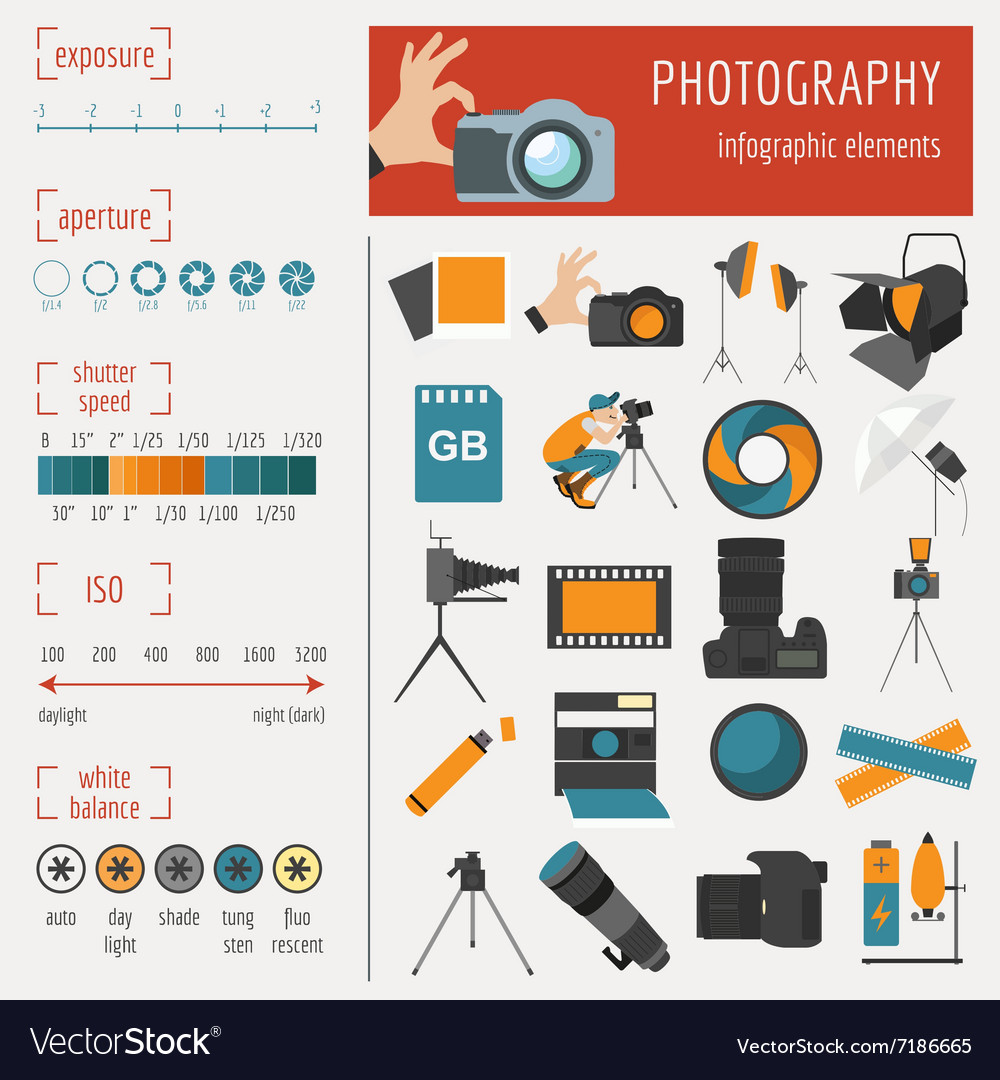What Every Professional Photographer Should Understand About Lights
What Every Professional Photographer Should Understand About Lights
Blog Article
Authored By-Rogers Godwin
As a digital photographer, you understand that lights can make or damage your photos. Comprehending the subtleties of both all-natural and artificial light is necessary for recording the mood and quality you aim for in your work. Whether you're chasing after the excellent gold hour radiance or fine-tuning your artificial configurations, mastering these components can elevate your photography significantly. However there are common risks that many overlook, and identifying them can transform your approach to every shoot. Allow's explore what you might be missing out on and just how it can affect your results.
Comprehending Natural Light
Recognizing natural light is important for any professional photographer wanting to boost their job. It's the structure of terrific digital photography, influencing mood, tone, and clearness. When you fire outdoors, pay attention to the moment of day. The gold hour-- quickly after sunrise and before sunset-- uses soft, warm light that can change ordinary scenes right into spectacular photos.
Don't ignore the power of cloudy days. Cloud cover diffuses sunshine, creating a soft, also light that's best for portraits and macro photography. You'll discover colors appear this sort of lights without extreme darkness.
Placing issues, as well. Always consider professional copyright photo to the light. If the sun's behind your subject, you might end up with a silhouette, which can be dramatic yet mightn't be what you desire. Alternatively, straight sunlight can create unflattering shadows.
Explore angles; sometimes, transforming your perspective can produce fantastic outcomes. Use natural reflectors, like water or sand, to bounce light onto your topic, adding measurement.
Learning Artificial Light
Mastering artificial light is important for professional photographers who intend to take their skills to the following level. Whether you're using speedlights, studio strobes, or constant lights, comprehending exactly how to adjust these resources can substantially boost your photos.
Start by familiarizing yourself with the basics of light top quality, instructions, and shade temperature. Trying out various modifiers like softboxes, umbrellas, or grids to regulate the gentleness or harshness of the light.
https://www.liveinternet.ru/users/lindgreen_stensgaard/post509044255 'll find that soft light often creates flattering results, while harsher light can add dramatization and deepness. Don't avoid darkness; they can boost the three-dimensionality of your topics.
Pay very close attention to the placement of your lights. A light located as well near to your subject can produce unflattering outcomes, while also away can cause a lack of detail. Utilize https://www.which.co.uk/reviews/compact-cameras/article/which-type-of-digital-camera-should-you-choose or your cam's pie chart to guarantee you're exposing correctly.
Last but not least, remember that synthetic light can be mixed with ambient light for creative effects. Balancing these resources might take method, but once you understand it, your photography will genuinely shine.
Strategies for Various Circumstances
When you step into various shooting situations, adapting your lights methods is crucial for recording the most effective pictures. For outside portraits, utilize the golden hour-- morning or late afternoon light-- to soften shadows and improve complexion.
If it's an extreme lunchtime sun, consider using a reflector to jump light back onto your subject or look for shaded locations for an extra even direct exposure.
In low-light situations, like indoor occasions, boost your ISO and use a wide aperture to let in even more light. A tripod can help remove electronic camera shake, permitting longer direct exposures without blurring.
If you're contending evening, experiment with off-camera flash to create vibrant lights and depth in your images.
For product digital photography, utilize diffused illumination to stay clear of harsh reflections. Softboxes or light camping tents can assist accomplish this impact.
When photographing landscapes, take into consideration the direction of light and time of day, as it can drastically alter the mood of your shot.
Constantly prepare to change your setups and placing based on the situation, as flexibility is key to grasping lighting in photography.
Verdict
To conclude, mastering lights is essential to boosting your photography skills. Embrace natural light's elegance during gold hour, and don't avoid explore synthetic light strategies. By adjusting your approach to different situations, you'll capture stunning photos that reverberate with emotion and clearness. Keep in mind, the right illumination can transform a normal shot into something remarkable, so maintain exercising and refining your understanding of both all-natural and fabricated light. Happy capturing!
